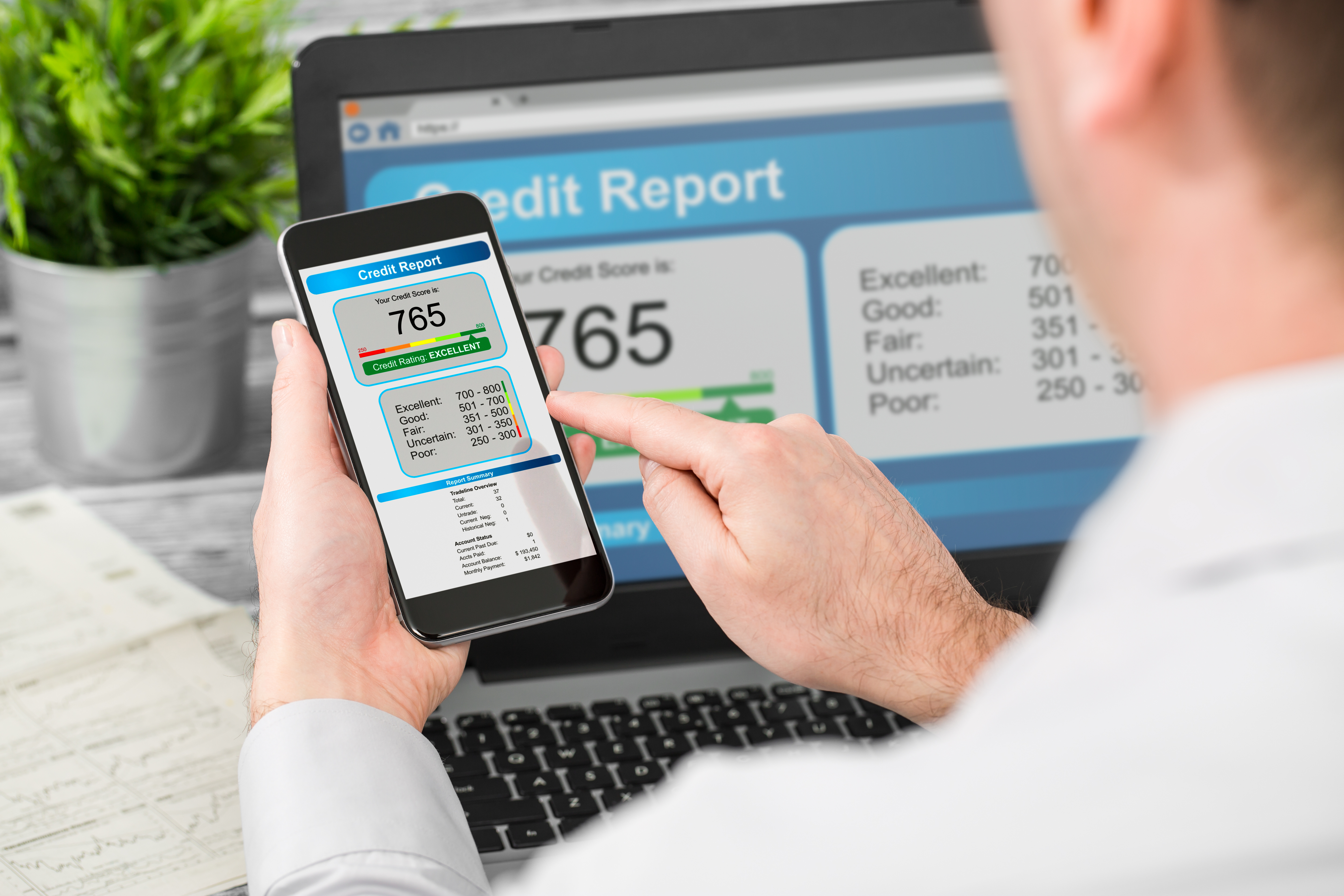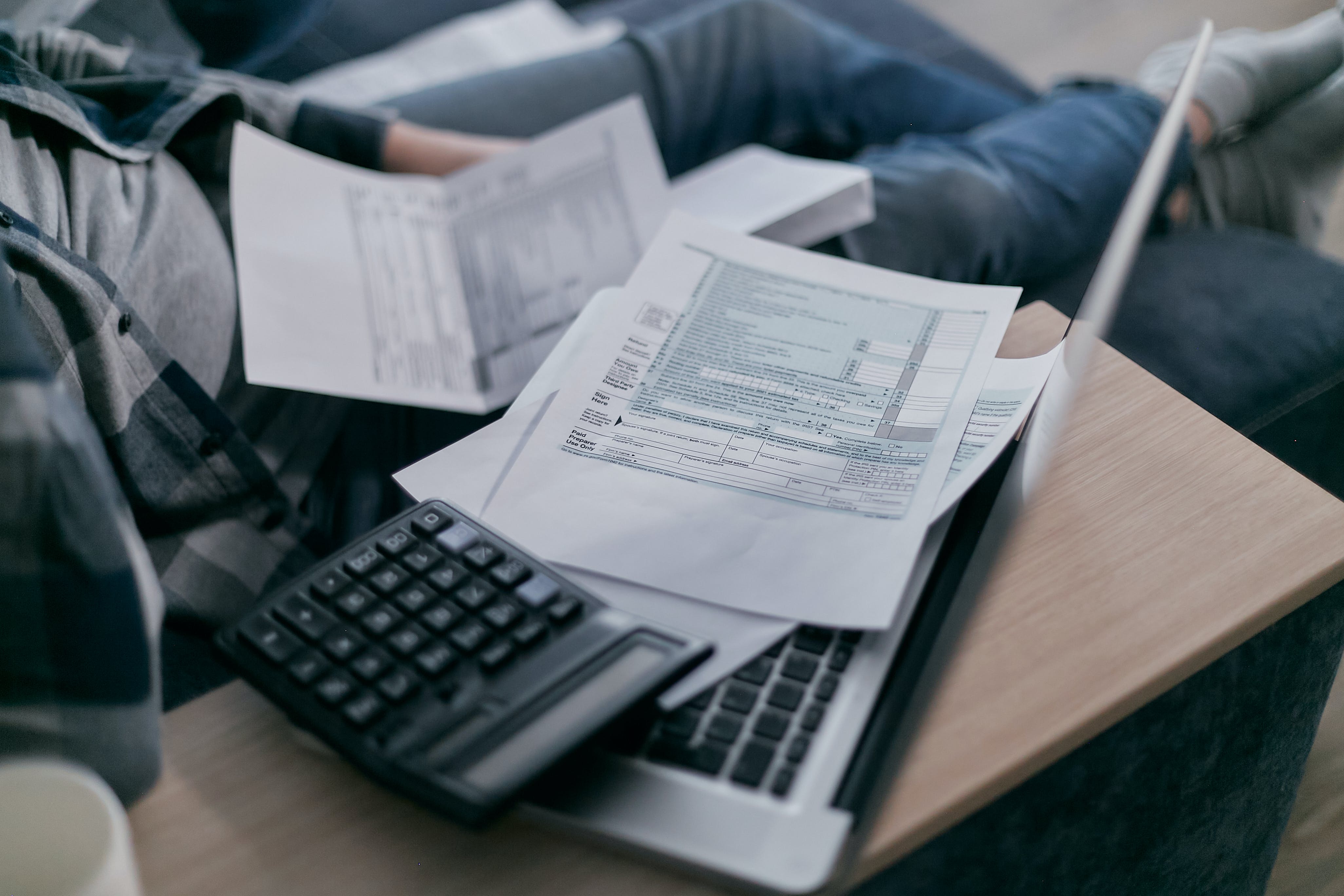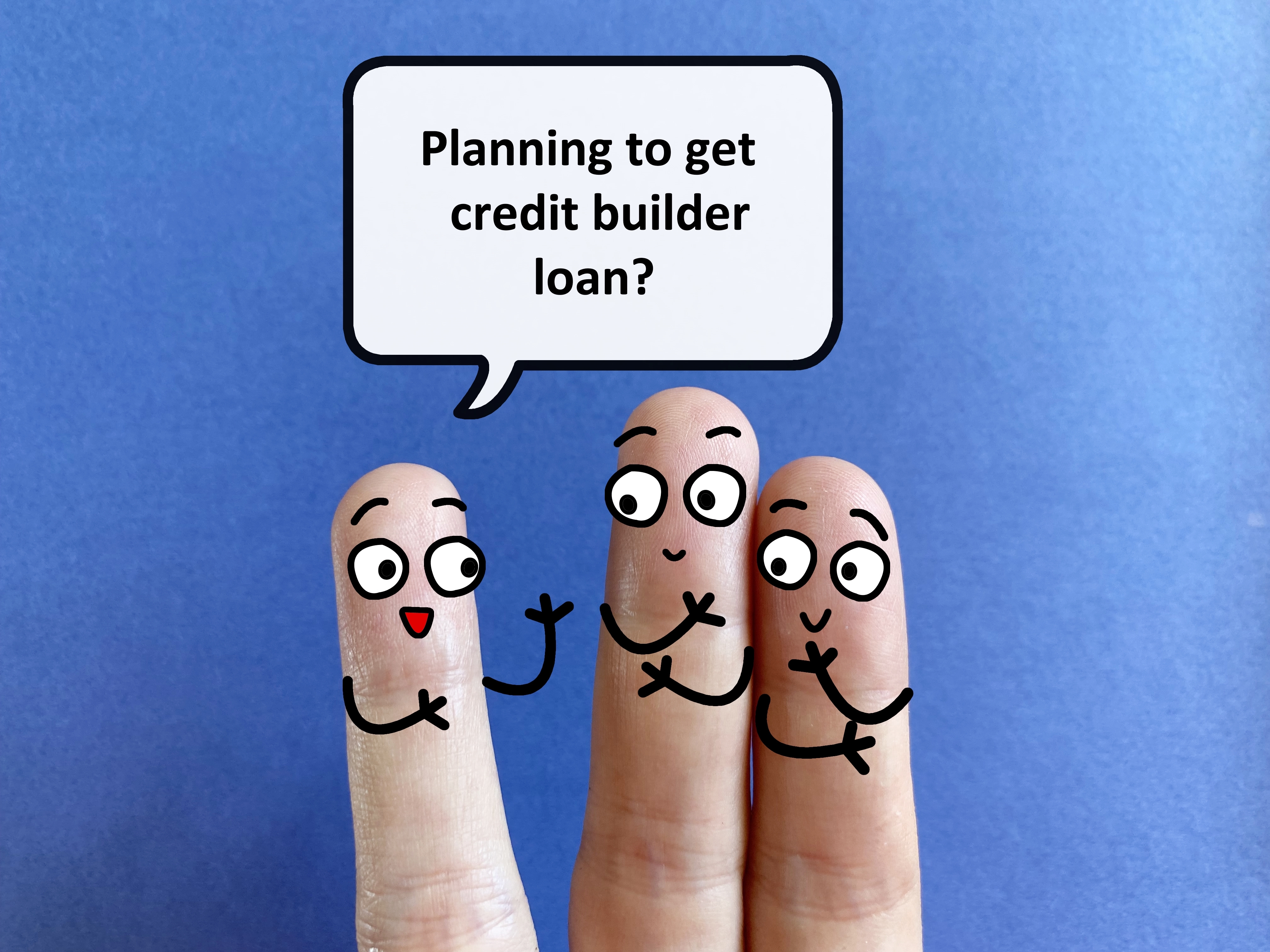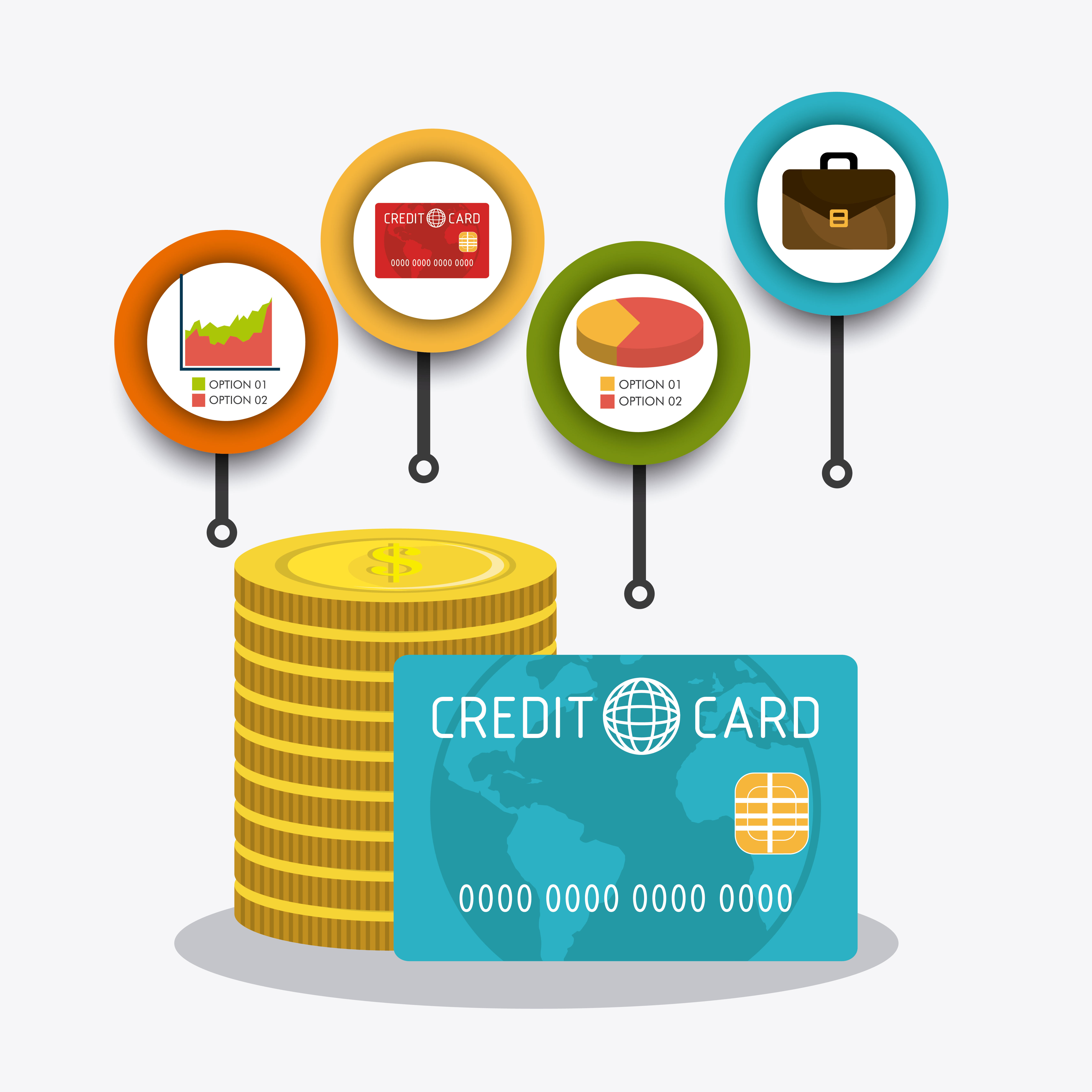How to Recover From Bankruptcy With Credit Builder Loans
Key Takeaways
- Filing for bankruptcy provides immediate relief but significantly harms credit scores, affecting creditworthiness for up to 10 years
- Securing new credit becomes difficult post-bankruptcy, with long-term impacts on credit scores and lending trustworthiness
- These loans help rebuild credit after bankruptcy with lower interest rates and manageable terms, focusing on smaller loan amounts and timely payment reporting to credit bureaus
- Post-bankruptcy, obtaining credit builder loans can be challenging, especially soon after filing
- When applying for credit builder loans after bankruptcy, it's essential to have stable income, manage debt-to-income ratio, and limit hard credit inquiries, with typical interest rates between 15-25% APR

Getting approved for a loan can be extremely difficult for people with limited or damaged credit histories. Traditional big bank lenders almost always require borrowers to have an established credit profile, reliable income, and collateral before they will even consider extending credit. Meeting these criteria is next to impossible for a lot of people, especially considering the average credit score for Americans aged 20-29 is under 660.
But all hope isn't lost. There are loans specifically designed to help people with little to no credit build and improve their credit score. They’re called credit builder loans, and they can be a great entry point for establishing creditworthiness.
If you're looking to build your credit up from scratch, or start rebuilding your credit after bankruptcy, keep reading. We’re about to explore how declaring bankruptcy can significantly impact your personal finances and credit score. We’ll also be talking about the challenges of rebuilding credit post-bankruptcy, and giving tips on how you can strategically use credit builder loans to slowly restore your creditworthiness.

Understanding Bankruptcy
Bankruptcy is a legal process that provides financial relief to people who can no longer repay their debts. People and businesses usually file for bankruptcy when they find themselves in dire financial situations and see no other way out of their overwhelming debt. Declaring bankruptcy immediately stops collections efforts and foreclosures against the filer, and provides a means to eliminate or restructure debts through liquidation or reorganization of finances. This temporarily relieves the most severe consequences of uncontrolled debt, but don't be fooled: Filing for bankruptcy comes with a steep cost. Bankruptcy can remain on your credit history for 7-10 years.
Filing for either Chapter 7 or Chapter 13 bankruptcy can cause your credit scores to plummet by 130 points or more almost instantly. Credit damage this severe makes securing approval for any type of financing incredibly difficult and highly unlikely. Most lenders will outright deny applicants who have declared bankruptcy within the past 1-2 years. By using a credit builder loan, however, you can start to pull yourself out of the negative impact a bankruptcy has had on your creditworthiness.
Challenges After Bankruptcy
You may have seen bankruptcy law firms advertising on billboards or TV talking about the benefits of filing for bankruptcy. Don’t listen to these ads! While declaring bankruptcy can provide immediate financial relief, it also creates enormous challenges when you attempt to borrow money or use credit in the future. After filing for bankruptcy, lenders will see you as extremely high-risk and are far less likely to take a chance on extending any type of credit or financing.
Even once the bankruptcy finally gets wiped from your credit report after 7-10 years, the lingering impact on your credit score and report can persist. Credit scores reflect your entire payment history, so any delinquencies, collections, or negative information from before the bankruptcy filing will still weigh down your credit health and trustworthiness. It can realistically take well over a decade to fully recover from the financial and credit repercussions of filing for bankruptcy.

Introducing Credit Builder Loans
Credit builder loans are a useful financial tool for people who need to rebuild their credit score after a major setback like declaring bankruptcy. Although filing for Chapter 7 or Chapter 13 bankruptcy provides some immediate financial relief, it also causes significant long-term damage to your credit score and loan eligibility. In fact, a bankruptcy can instantly reduce your credit score by over 100 points or more! No matter what your score is post-bankruptcy, a hit that big is often the final nail in the coffin for qualifying for most loans or lines of credit.
Compared to pricier alternatives like credit cards, credit builder loans tend to have lower and more achievable eligibility requirements and interest rates. This makes credit builder loans an ideal option for borrowers with limited, damaged, or even non-existent credit histories to start rebuilding their profile. It is important to note that although credit builder loans tend to have lower interest rates, they are not meant for borrowers who need large sums of money. The average credit builder loan usually ranges between $300 and $1000.
But how exactly do credit builder loans work?
With a credit builder loan, you will not receive the loan amount upfront in a lump sum payment like you would with a traditional loan. Instead, the lender holds the money in a dedicated savings account. Then you, as the borrower, make fixed monthly payments on the loan until it is fully paid off. Only once the loan is fully repaid will the lender release the money to you. If you successfully make all your payments on time, the lender will then report your responsible repayment history to the credit bureaus. This is a win-win scenario! It gives borrowers with poor credit a chance to prove they can reliably repay debt over time. This is a great way for somebody with a broken credit history to start gradually improving their credit score and rebuilding trustworthiness.
Credit Builder Loans Post-Bankruptcy
A credit builder loan is an effective tool for rebuilding credit after a major hit like bankruptcy because credit builder loans typically have much looser eligibility criteria than traditional loans. And because credit builder loans are designed for people with poor or damaged credit histories, they offer a more flexible set of qualifying guidelines than the more traditional loans that big banks hand out. This gives borrowers with bankruptcies on their record a greater chance of approval and access to rebuild credit.
Credit builder loans are also a great option because they give borrowers a chance to prove that they can responsibly manage debt again. Borrowers can demonstrate their financial responsibility by making on-time payments. Once they prove themselves, their new and improved credit history is reported to credit bureaus each month. This is a great way for them to slowly rebuild trust with the banks and improve their credit score over time.
Since credit builder loans typically have annual interest rates in the range of 15-25%, they are a great option compared to the average credit card, which can have rates of between 19% and 30% APR. More affordable monthly payments certainly support your ability to repay debt responsibly while rebuilding your credit.
Because your loan amount is held in savings until the loan is fully repaid, the lender’s risk is greatly reduced. There’s much less chance that a borrower will mismanage the funds and be unable to make payments.
However, there are some limitations and considerations regarding credit builder loans:
- How much time has passed since bankruptcy was filed matters. Despite the increased accessibility, approval for credit builder loans can still be difficult to obtain. Especially if the bankruptcy was filed within the last 1-2 years. No matter how you look at it, there’s still significant recent damage and risk factors that the lenders need to consider.
- The loan amounts offered with credit builder loans may be far lower than you’d like. Given that bankruptcy filers are considered high risk borrowers, lenders usually offer much smaller loan amounts than you might expect. This helps limit a lender’s potential losses, but still allows you to build credit.
- Before applying for a credit builder loan post-bankruptcy, it is essential to learn how to budget so you can make the monthly payments. If you don’t have enough income to cover the required loan payments after accounting for your other living expenses, or have concerns about your ability to pay on time each month, then a credit builder loan may worsen your situation. Missed or late payments on a credit builder loan can further damage your credit score and standing with lenders. It’s not just timely monthly payments that the lender reports to the credit bureaus: Late and missed payments are also reported. Make sure you can realistically afford the monthly payments based on your budget before pursuing a credit builder loan.

Applying for a Credit Builder Loan After Bankruptcy
Applying for a credit builder loan after declaring bankruptcy is a relatively straightforward process. You should expect to be asked to provide information about your income, expenses, debts, and bankruptcy filings. Some potential lenders that you should consider before making a decision are credit unions, online lenders, and banks with special credit builder loan programs.
The interest rates for credit builder loans can be very different between lenders, so you’ll need to do some comparison to get the best rate and the lowest fees. You’ll typically find that credit builder loan interest rates range from about 15-25% APR over a 1-2 year period.
Here are some quick tips you can follow for a successful application:
- Don’t apply until at least 12 months have passed since you filed for bankruptcy.
- Make sure you have a steady income so you can make payments on time and avoid worsening the situation.
- Always try to keep your debt-to-income ratio (how much debt you have relative to your income) below 50%.
- Do your best to minimize hard credit inquiries in order to avoid unnecessary credit score drops.
Credit builder lenders really just want to see if you can make payments on time and be responsible. Follow these quick tips and you should be able to get approved.
Using Credit Builder Loans Responsibly
Making payments on time every month is the biggest thing to consider before applying for a credit builder loan to improve your credit. Set up an autopay function with your bank, or set a calendar reminder to avoid late payments. Even one late payment can negatively impact your score and put you back to where you started.
Always stick to the credit builder loan payment schedule no matter what. Remember, making payments on time supports your creditworthiness. This is a second chance, so do everything you can to use the loan wisely, because it’s a stepping stone to demonstrating responsible borrowing that will eventually allow you to borrow in the future.
Good budgeting habits will help ensure you make your payments on time. Don't take on a payment amount that will strain your finances. Track your expenses to confirm you can cover the monthly loan payment along with your rent, utilities, other debts, and living costs.
It's also important to monitor your credit score regularly and check your progress. Your score should gradually improve with the more payments that you make on time and are reported to the credit bureaus. It may take the full loan term to see significant changes, so don't expect instant results. Be realistic and instead expect a slow but steady increase in your credit score. An easy way to monitor your credit score is by reviewing your credit card statements. Many credit card companies provide your current credit score for free on your monthly billing statements.

Other Strategies for Rebuilding Credit Post-Bankruptcy
Using secured credit cards responsibly can also help rebuild your credit after filing for bankruptcy. When you make small purchases and pay them off on time, you prove that you’re able to manage your finances and credit responsibly. If you have any outstanding utility bills, loans, or other obligations, it is imperative that you pay them off in full by the due date. Correct any errors on your credit reports and limit new applications and inquiries. When you combine the power of credit builder loans with these other responsible practices, you will slowly begin to repair your credit post-bankruptcy.
Your Road To Financial Recovery and Freedom
Rebuilding your credit after filing for bankruptcy can seem like an impossible uphill battle. With the threat of your credit score plummeting over 100 points almost instantly after declaring bankruptcy, getting approved for financing may seem hopeless and scary. But don't give up! If you learn to utilize the power of credit builder loans and take the strategic steps mentioned in this article seriously, you can slowly start to repair your creditworthiness over time and receive better lending opportunities in the future.
Remember, the most important thing is to demonstrate to the lenders that you are capable of responsible borrowing and good money management skills. The best way to do this is by making on-time payments and paying off any outstanding debts or utilities you may have. Also try to limit new credit applications and inquiries to avoid additional credit score drops. Don't forget to monitor your credit reports and scores to track your progress.
Applying for a credit builder loan from a credit union or online lender can be a great way to prove you can handle debt again. Make sure you budget properly so you don't take on more than you can realistically afford. As long as you stick to the payment schedule and avoid late or missed payments, your credit score should gradually improve each month as your payments are reported to the credit bureaus.
Rebuilding credit after bankruptcy takes time and dedication, but it is possible if you remain patient and persistent. Pay all your bills on time in addition to your monthly loan payments, and keep hard credit inquiries to a minimum. With the right financial habits and tools, you can repair your credit profile and open the door to better loan options in the future. Just stay focused on demonstrating responsible money management one month at a time.
Edited by:
Bryan Huynh
•
Product Tester & Writer
















































